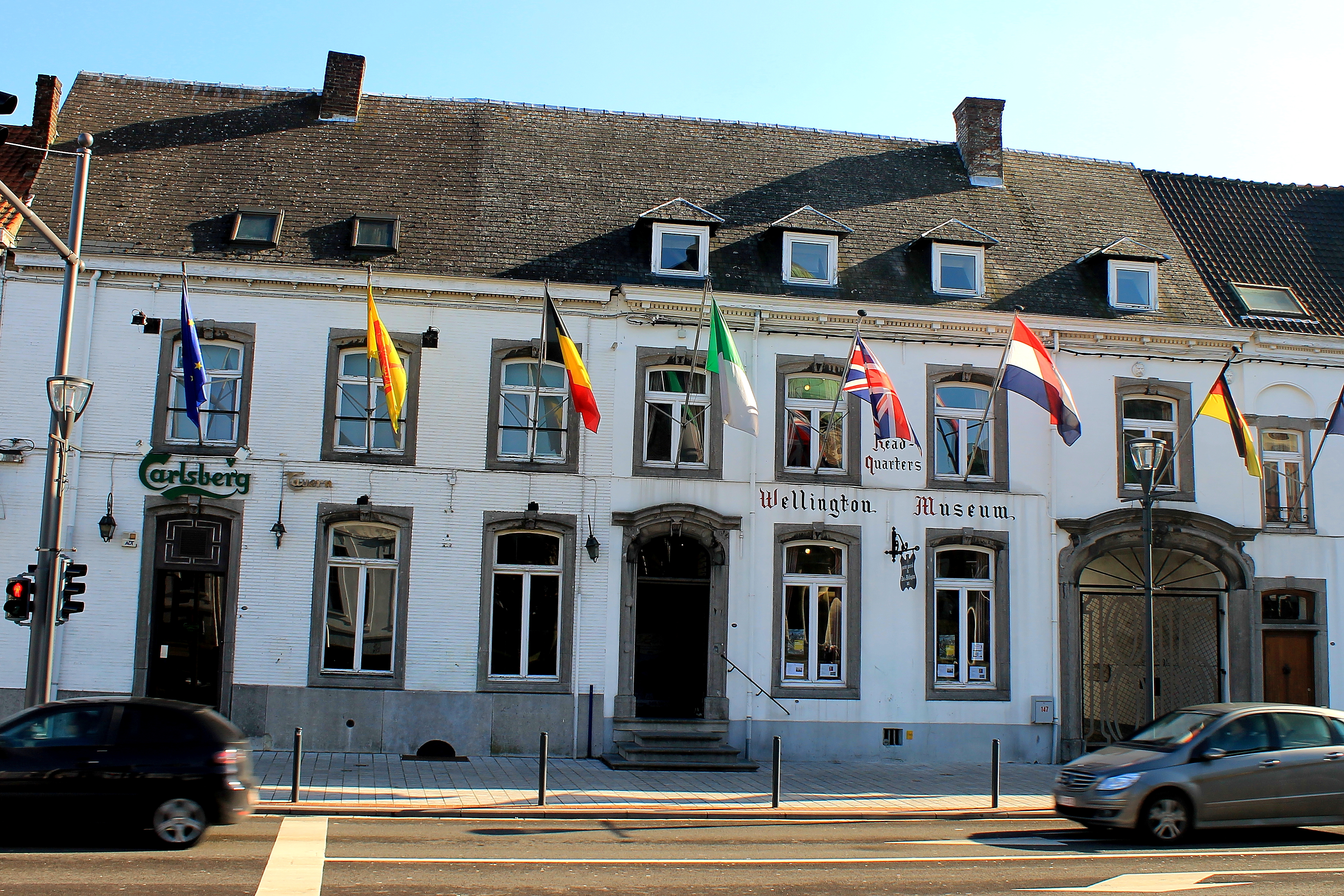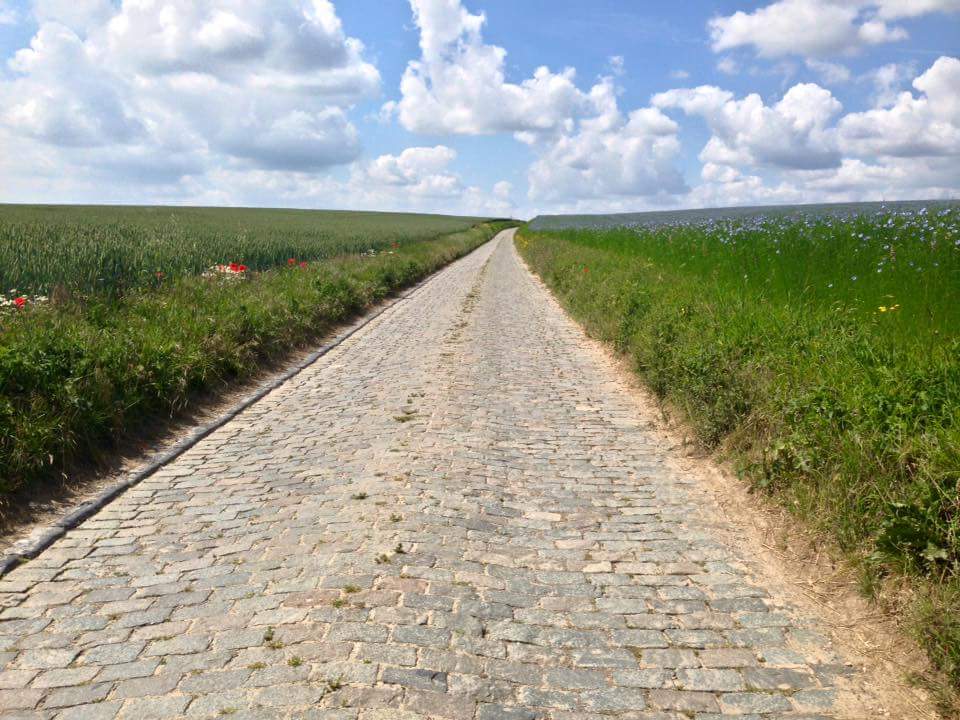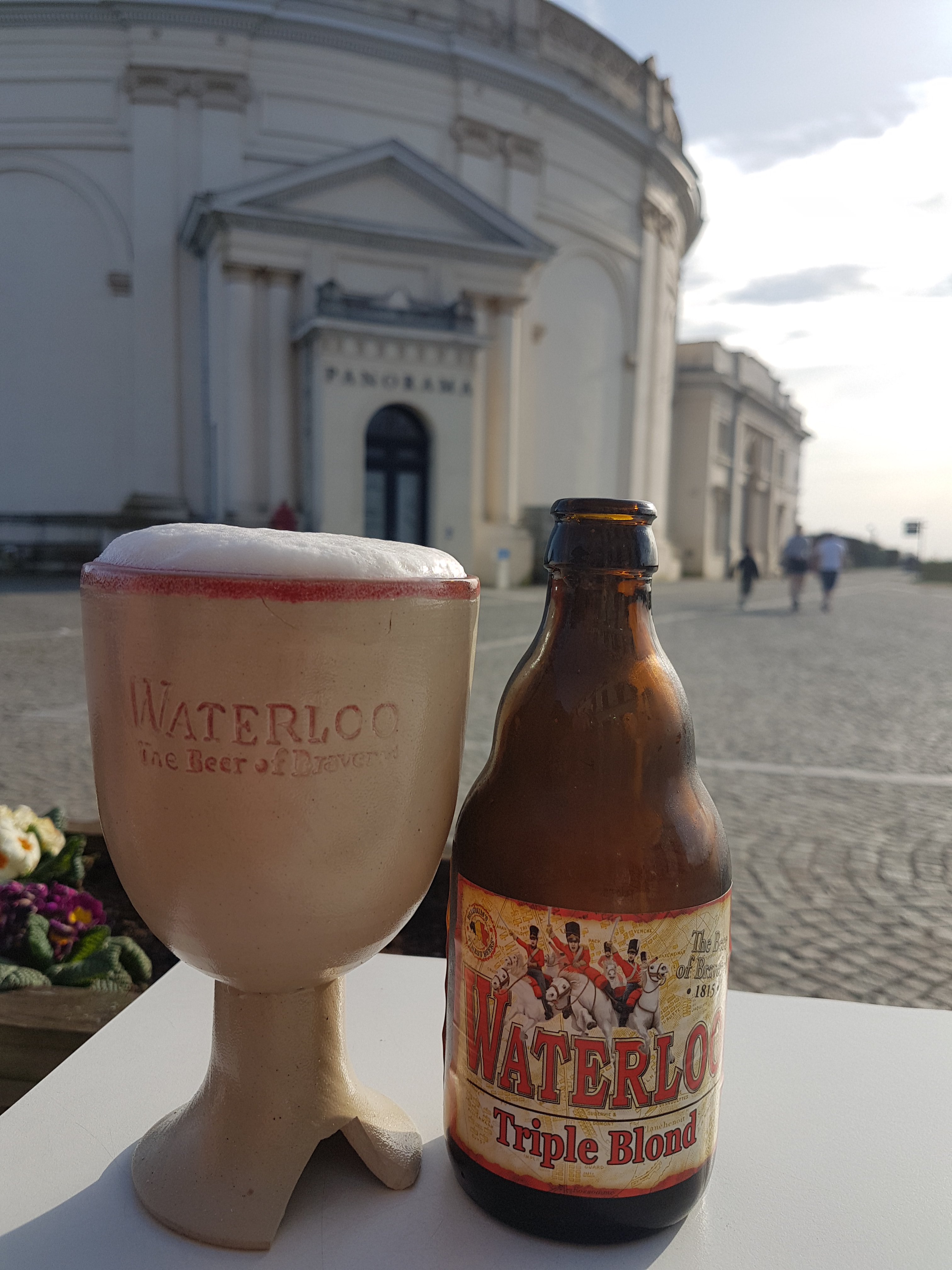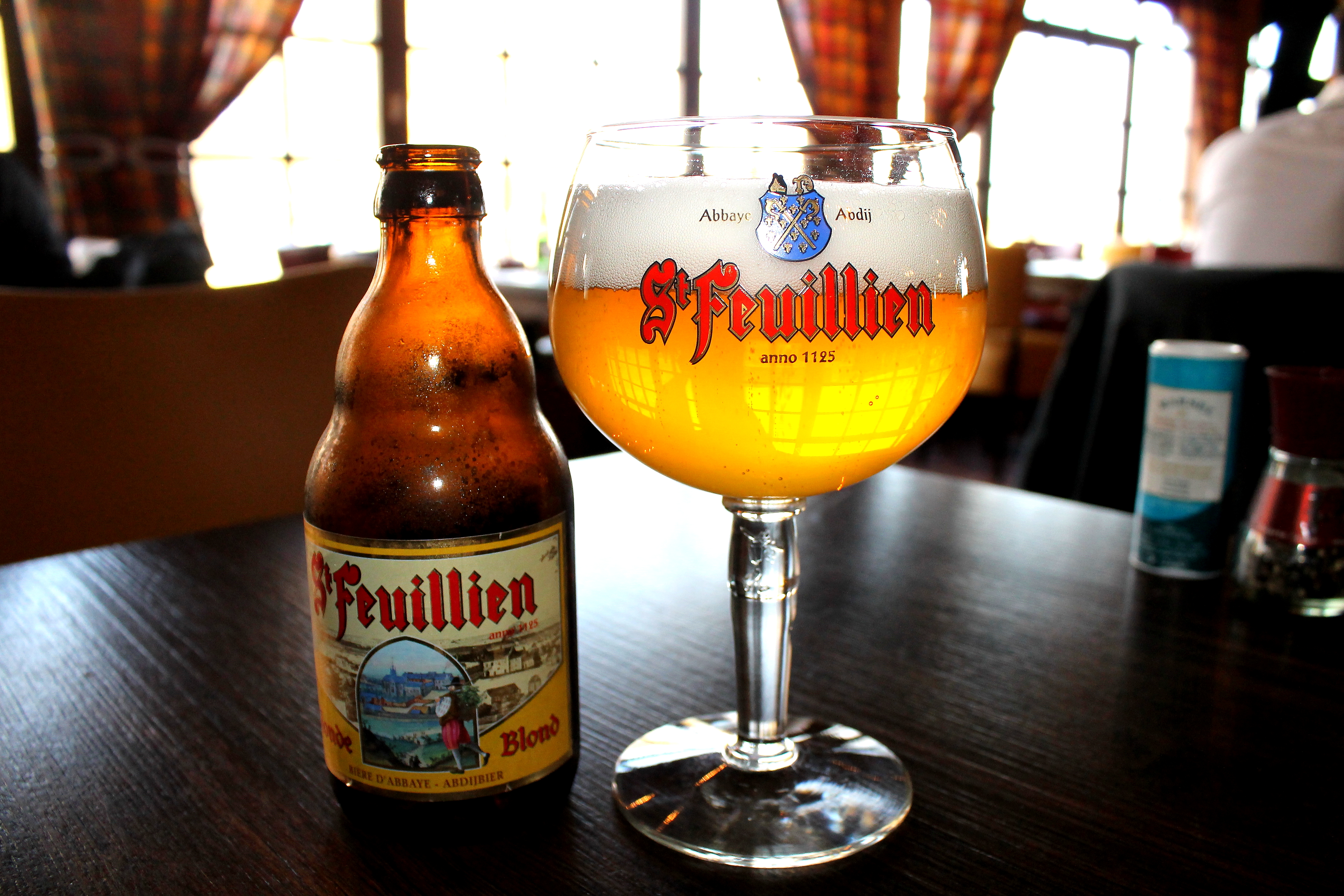For such a small country, Belgium has been host to some monumental battles: Battle of the Bulge, Battle of Passchendaele and all of the other Battles of Ypres, and perhaps the king of world famous battlefields, Waterloo.
Most everyone knows the name Waterloo and that it was the place where Napoleon Bonaparte was defeated by allied armies led by Wellington. But most people probably don’t realize that the guy’s name is not Wellington. It is Arthur Wellesley and the title Duke of Wellington was bestowed upon him for his victory over Napoleon. But you never hear how Bonaparte was defeated by Wellesley.

One of the most interesting things about Napoleon to me is how he exists in this grey area of history. When you stop and think of Napoleon, do you despise the guy or do you admire him? Napoleon sits in this same foggy zone that Genghis Khan does. These guys were the great conquerors. Thousands, if not millions of people died because of their invasions. The people in the conquered countries would have felt oppression, humiliation, sorrow and anger over lost loved ones, and generally had their lives changed forever. However, I think overall, none of us think the same way about Napoleon and Genghis Khan as we do about say, Hitler. In fact, here in Antwerpen where I live, Napoleon is regarded quite positively. Imagine people of Warsaw standing in a bar saying, ‘eh, that Hitler wasn’t such a bad guy‘. That would never happen of course.
So why does this hesitation exist to side one way or the other with guys like Napoleon and Genghis Khan? The main reason is that these guys didn’t conquer entirely on the basis of hatred and race. They brought with them reforms which they thought would help the conquered peoples and establish a productive society. They also brought some level of tolerance.

Napoleon visited Antwerpen in 1803 and saw the importance of Antwerpen being a port city for the French Empire. He built docks which still exist today and make Antwerpen one of the busiest ports in all of Europe. He brought to the conquered countries his Napoleonic Code which essentially ended what was left of feudalism and created a single set of civil laws which many European countries, including Belgium, adopted and have revised ever since.
Naturally, Napoleon’s connection to Belgium would ultimately play the subject of one of my Beer & Bike rides. It is always such an amazing privilege to be able to bike to the many historical places that exist in Belgium and in Europe. Waterloo is a monumental moment in European history. However, this dichotomy of feelings that one may have about Napoleon is precisely what I feel about the Beer & Bike rides which I’ve done involving Waterloo.
I have done two variations of bike rides and both of them were wrought with bad luck. Both of them found me at some point standing in the middle of a farm field cursing and kicking dirt out of frustration. Which is humorous as I look back but at the moments that bad luck struck, the rides sure had a love/hate Napoleon-like dichotomy. While they both provide anecdotes for this post, the real message I hope will be gained by this post is ultimately that this ride is rich with history and scenery and should be on any bike tourist’s agenda while in Belgium.

The following sections contain the main highlights of these Beer & Bike rides.
Farm Roads
The area south of Brussels where Waterloo is situated has some of the most beautiful rolling farmlands in Belgium. Rather than taking the more direct routes, it is recommended to get lost in a sea of green fields. However, race bikers beware. Farm roads in Wallonia are often made of cobblestone which makes them more scenic but uncomfortable for thin tires. This brings me to my Two Keys to Survival based on my experiences with these rides.
Key to Survival #1:
The farm roads of Wallonia can range from cobblestone to pot-holed pavement to dirt-and-stone rutted tracks. It was on one of these roads where my front tire finally gave out during the 2015 ride and I had to confront my own humiliation in not bringing a spare tube or tube repair kit. I was left with a 7km scenic walk to the nearest town with a bike shop. Always bring a repair kit.
Key to Survival #2:
The bumpy farm roads will also take a toll on the things attached to your bike frame. There are many up and downhill sections in this part of Belgium. It can get thrilling to sail at high speed down the hills on your bike, but this only accentuates the pounding on your bike. It is one thing when it is your water bottle that finally decides to launch from your bike, but it is another when your phone (which you may be using as a bike GPS) does the launching, as happened to me during the 2018 ride. For me, it was stupidity not double checking that I locked the phone in the holder. Totally my own fault. And no matter how much I say I don’t care, those damn cracks in the screen are bothering me. Make sure all attachments are completely secure or take it easy going downhill.


Forêt de Soignes (Sonian Forest)
This is an 11,000 acre forest near Waterloo which is actually a UNESCO heritage site due to its classification as a primeval beech forest. It is a haven for hiking and mountain biking. Napoleon once took 22,000 trees from this forest to build ships for a planned invasion of England which never happened. So one checkmark for disliking the guy. Interestingly some of the forest was awarded to the Duke of Wellington in 1815 and still belongs to the current Duke.


Villers-la-Ville Abbey
As ruined abbeys go, this is easily one of the best. Certainly the best in Belgium. Not as grand a site in terms of world history as Waterloo, but this is definitely a must-see. This abbey was started by Cistercian monks in the early 13th century. As with most monasteries in Belgium, it was absolved during the French Revolution, closed for good in 1796. Some monasteries in Belgium recovered but this one fell into ruins. Today enough of the buildings remain to make it a very worthwhile stroll thru time on the grounds of the abbey. The vaulting of the church is dramatically open to the sky. You can enter the grounds with a ticket and spend as much time as you like. Take a picnic or book and just relax on a sunny day. A cafe and brewery are also next the abbey to make the visit a good one for pilgrims like me.

The brewery, aptly named Brasserie de l’Abbaye de Villers en Brabant, was started in 2016 and brews four types of beer. Two of them Ténébreuse and Lumineuse come from the abbey’s motto post tenebras, spero lucem. After darkness, I hope for light. They also brew a 5% Abbaye de Villers V and 9% Abbaye de Villers IX. It is not clear to me at the moment if the IX is the same as the Villers Triple brewed by Brouwerij Huyghe (the maker of Delerium Tremens). Nevertheless, you can get all of them in the gift shop. The abbey brewery is the 4th largest non-Trappist on-site abbey brewery in Belgium in terms of production.


The abbey sits at the bottom of a valley, so if you are riding a bike and just indulged in one of the abbey beers, your legs are in for a treat.
Waterloo
If you go looking for the battlefield on a map, you want to look for Butte du Lion, not Waterloo. Waterloo is actually the name of a nearby village. The name Butte du Lion (or Lion’s Mound) refers to the artificial mound with the statue of a lion at the top. It was built in 1826 to commemorate where William II of Netherlands, the Prince of Orange, was hit with a musket ball and knocked off his horse. The cafe right across from the museum is a great place to drink a Waterloo beer. Waterloo is brewed by La Ferme de Mont Saint Jean located in Waterloo.




The Routes
Unlike my other Beer & Bike rides, I don’t have the feeling that I have yet found a route I could completely recommend. There are a lot of possibilities. The 2015 ride probably had a couple of rough dirt roads that should have been avoided and the 2018 ride had too many busy roads to be really on par with what I like. However, I am positive the perfect route is there which includes all of the above highlights.
June 2015 Ride
This route didn’t include the Forêt de Soignes and started from Gembloux train station. This route was a manageable 40km mainly of country and farm roads. Overall, this is probably the more scenic of the two routes. The section starting after Genappe where the road leads off to the Northwest instead of taking the N5 is an area of great scenic farmland beauty. The above photos in the Farm Roads section were taken there. Train connection to Gembloux and from Waterloo.

April 2018 Ride
This ride was 61,8km and contains a few sections along busy roads which bypass some of the beautiful farm roads for the sake of being more direct (such as the aforementioned N5 route). However, it includes the Forêt de Soignes which could be a bike ride all its own.


The Future
This is definitely a ride that I want to perfect. During the writing of this post, I learned a couple of beer-related facts which give me even more incentive to return. One is that the Abbey of St. Feuillien used to be in the Forêt de Soignes, but I don’t know if there are any remnants of it. Of course, St. Feuillien is also the name of an Abbey Beer which I drank for the first time during a 2012 visit to the battlefield. The other is that the brewer of Waterloo beer is located in Waterloo. I hope that when I go back to do a new variation on this ride that the proverbial Third Times a Charm applies to me. No flat tires, no broken cell phones. Only Beer, Bike, and Beautiful Belgium.



Very interesting to know what Napoleon and Genghis Khan had in common. Great historical facts and details. The view from Lion is breathtaking! Thank you for sharing.
LikeLiked by 1 person
Well I never mentioned and details about Genghis. Maybe it is worthy of further thought but I didn’t want to digress too much. For all the bad that Genghis did, in other ways things such as the opening up trade with Europe benefitted a lot of people. But at least in my mind these guys still are remembered in positive ways while Hitler is not.
LikeLiked by 1 person
I agree with you that Napoleon and Genghis Khan have been portrayed neutrally in history. Genghis Khan’s contribution to a more effective trade system was mentioned in the historical books I read when I was a secondary school student.
LikeLiked by 1 person
And thank you for your nice comments 😁
LikeLiked by 1 person
My pleasure! Thank you for the wonderful post 😊✨
LikeLiked by 1 person
Great blog!
LikeLiked by 1 person
Great post! I love the blending of history, riding bikes and of course, beer!! Sounds like you learned some good lessons and your third tour will doublessly be perfect! We’ve only done one beer/bike tour in Alaska and I hope to do one in Belgium one day!
LikeLiked by 2 people
A couple years ago, I thought I had a bright and original idea, combining a pub crawl with a hike down Boston’s “Freedom Trail”, with my adult kids and Significant Others. I had part of that right, it was a great time, but you’ve raised the idea to the level of Fine Art. It’s a Great blog. I’m glad to have found it. Cheers, Rick.
LikeLiked by 1 person